Description
Album of Fifteen Ink Paintings Pl.02 by Hine Taizan printed on a T-Shirt
About the T-Shirt
Regular fit
Standard length, the fabric easily gives into movement
Casual wear
A classic, everyday option loved by our customers
Side-seamed
Constructed by sewing two parts together, creating a fitted look
The Unisex Staple T-Shirt feels soft and light with just the right amount of stretch. It’s comfortable and flattering for all. We can’t compliment this shirt enough–it’s one of our crowd favorites, and it’s sure to be your next favorite too!
- Solid colors are 100% Airlume combed and ring-spun cotton
- Ash color is 99% combed and ring-spun cotton, 1% polyester
- Heather colors are 52% combed and ring-spun cotton, 48% polyester
- Athletic and Black Heather are 90% combed and ring-spun cotton, 10% polyester
- Heather Prism colors are 99% combed and ring-spun cotton, 1% polyester
- Fabric weight: 4.2 oz./yd.² (142 g/m²)
- Pre-shrunk fabric
- 30 singles
- Side-seamed construction
- Tear-away label
- Shoulder-to-shoulder taping
- Blank product sourced from Nicaragua, Mexico, Honduras, or the US
Hine Taizan (1813-1869)
Hine Taizan was a Japanese painter and calligrapher and a well-known figure in Bunjinga circles in the Kansai region.
Born in Minato, Nakanoshō Village, Hine County, Izumi Province (now Osaka Prefecture). His name (na) was Morinaga, and his adult name (azana) was Shōnen, and others. First studied under the Kishiwada painter Momota Eiun. Befriended Satoi Fukyū, a wealthy merchant from his hometown of Minato, and copied Ming and Qing paintings from the family’s collection. With the support of Fukyū, he studied Confucianism, calligraphy and painting under Okada Hankō in Osaka and Nukina Kaioku in Kyoto. Thereafter, active as a literati painter mainly in Kyoto, and became friendly with imperial loyalists such as Yanagawa Seigan, Rai Mikisaburō, Fujimoto Tesseki, and Nakanishi Kōseki. Died in Kyoto. In his younger years, produced many delicate landscape and bird-and-flower paintings with careful brushwork, but in his later years produced landscape paintings with rough brushwork and simple compositions. (Takamatsu)

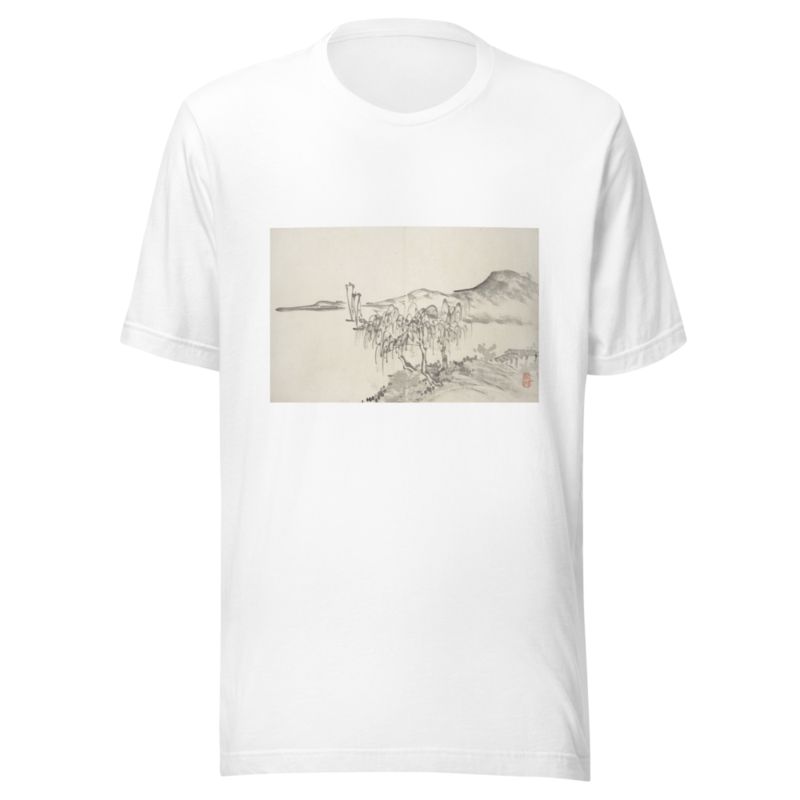
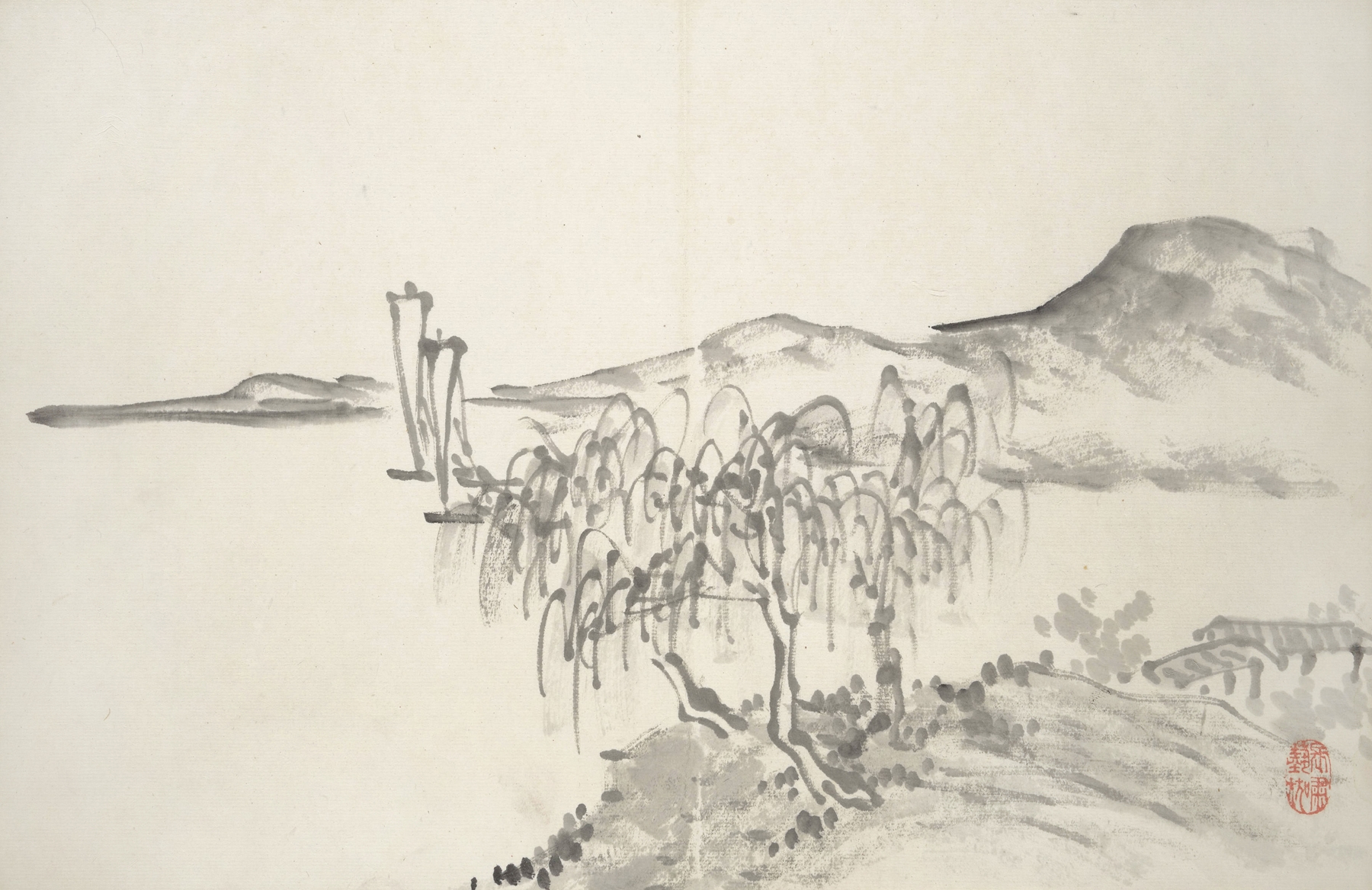
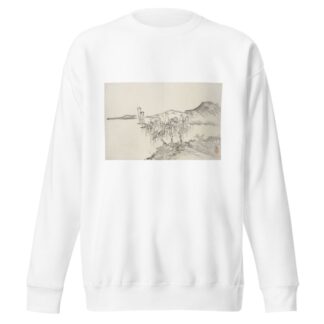
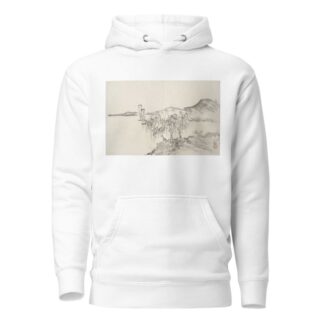
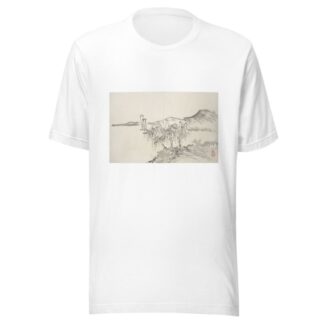
Reviews
There are no reviews yet.